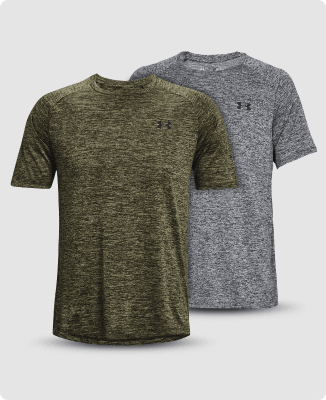Today's Best Fishing Times
Get the best fishing times for Bean Lake with Lake-Link's Fishing Forecast. SEE MORE
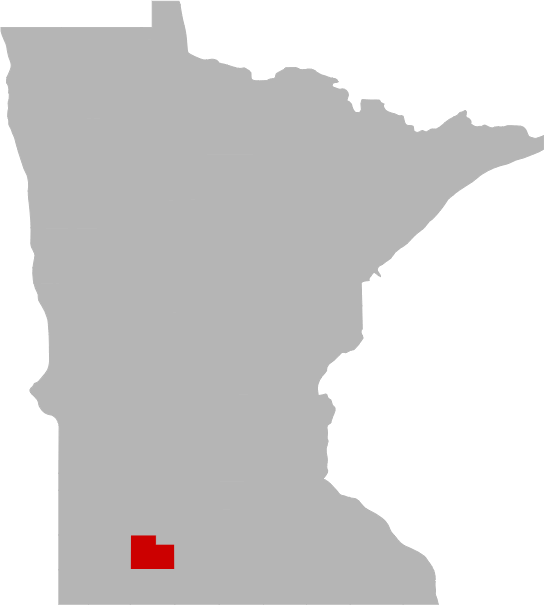
Share your catch!
We want to see what you've caught on Bean Lake.Frequently Asked Questions About Bean Lake, MN
- How big is Bean Lake?
- How deep is Bean Lake?
- What kind of fish can you catch in Bean Lake?
- What are the closest cities to Bean Lake?
- Are there places to stay in the Bean Lake area?
- Are there boat launches on Bean Lake?
- Are there places to eat and drink near Bean Lake?
- What is the average air temp for Bean Lake?
- Are there any state parks near Bean Lake?
How big is Bean Lake?
How deep is Bean Lake?
What kind of fish can you catch in Bean Lake?
Other fish species in the lake include Fathead Minnow, Green Sunfish and Orangespotted Sunfish.
What are the closest cities to Bean Lake?
Are there places to stay in the Bean Lake area?
More Lodging Options
Are there boat launches on Bean Lake?
Are there places to eat and drink near Bean Lake?
Explore the Bean Lake area in a RV
Are you looking for an adventurous vacation option that won't break the bank? Look no further than renting an RV! Contrary to popular belief, the process is much simpler than you might imagine. With just a few easy steps, you'll soon be experiencing the ultimate freedom and convenience of exploring the open road in your very own recreational vehicle. And the best part? RV travel can save you up to 60% compared to other types of vacations! With the money you'll save, you'll be able to travel even more and create unforgettable memories along the way. So why wait? Start planning your next adventure today with an RV rental. Learn more about renting a RV.
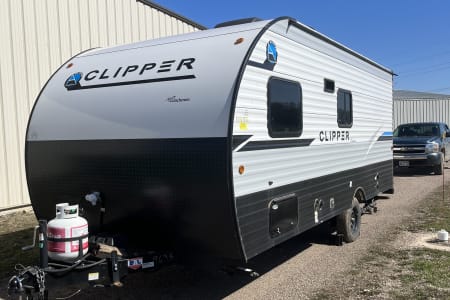
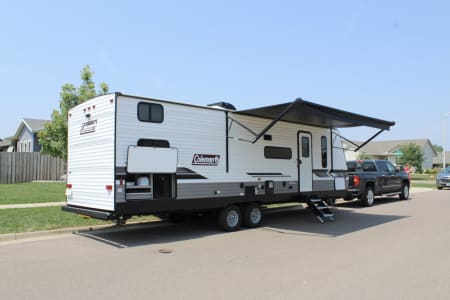

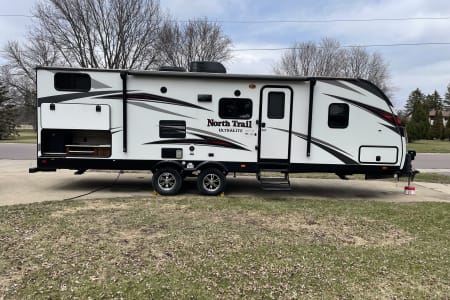
History & Status of the Fishery
INTRODUCTION
Bean Lake is a typical shallow southern Minnesota Lake near the town of Storden in Cottonwood County, Minnesota. The 141-acre lake has a maximum depth of 10 feet. Bean Lake has a watershed acreage-to-lake acreage ratio of 3-to-1 indicating a fairly small watershed. The watershed acres of Bean Lake are agricultural with row crops and pattern tile drainage dominating the landscape. This altered hydrology leads to increased drainage which results in artificially increased water levels in lakes and streams following precipitation events. As a result, highly erodible soils within and along the watercourses and farm fields can lead to inputs of excessive nutrients. One indicator of excessive nutrients and inputs is high alkalinity, usually greater than 200 ppm (280 ppm in 2014 and unchanged at 280 ppm in 2020). Additionally, high productivity leads to high biological oxygen demand (BOD, accumulation of bacteria and living organisms in the lake that use oxygen separate from fish). Complications from a high BOD is magnified by ice and snow cover in the winter, eliminating or reducing the dissolved oxygen during winter. To combat this, aeration was started in 1991 by a local sportsman's club. From 1991 to 2013 there were no reported or observed winterkills due to low dissolved oxygen. However, during the winter of 2013-2014 there was thick ice (greater than 19 inches) coupled with longer than usual periods of snow cover on the ice that caused low dissolved oxygen. A partial fish kill was observed and documented in the late winter and early spring of 2014, with some fish surviving. Restocking of gamefish was coordinated by the Minnesota Department of Natural Resources and private stocking provided by Redrock Sportsman's Club. The restocking effort was successful as determined by a 2014 survey. A standard gill net and trap net survey with 2 gill nets and 8 trap nets was conducted in July of 2020 to monitor the fish community and continue to track the recovery of the fish population.
WALLEYE
Thirty-five Walleye between 16.9 and 20.9 inches (average = 18.6 inches) were caught in gillnets and 10 Walleye between 18.6 and 25.6 inches (average = 21.5 inches) were caught in trap nets. The gillnet catch rate of 17.5 per gillnet was just below the upper normal range for similar lakes (18.06/gillnet). The sizes of Walleye in the sample favored fish between 17 and 20 inches. Thirty-five Walleye were assigned an age by reading their ear bone (otolith) under a dissecting microscope. Thirty-four were age-3 and 1 was age-6. The 2017 stocking of Lower Mississippi Strain Walleye (Lake Sarah Strain) resulted in a very strong year class (97% of aged fish). Additionally, the health of the Walleye in the sample was good indicating they are finding adequate food. Walleye angling should be good, if not excellent, on Bean Lake over the next several years. Most Walleye will be near the 20 inch statewide regulation so be cognizant to only harvest 1 fish over 20 inches as part of your daily bag. Additionally, good numbers of Yellow Perch in the gill nets and trap nets should help feed larger Walleye which may create an opportunity to catch a Walleye over 25 inches over the next year or two. Overall, the Walleye population has rebounded well from the partial winterkill in 2013-2014.
YELLOW PERCH
Fifty-one Yellow Perch were captured in 2 gill nets and 2 Yellow Perch were captured in 8 trap nets. The gill net catch rate (25.5/gill net) was nearly identical to the upper normal range for similar lakes (25.0/gill net). Yellow Perch in the gill net ranged in length from 6.5 inches to 12.7 inches with an average length of 8.7 inches. The sizes of the Yellow Perch was well balanced with many fish 8 inches and bigger. In addition, the health of the Yellow Perch in the gill nets and trap nets was excellent. Angling for Yellow Perch in 2020 and 2021 could result in good numbers of fish larger than 9 inches. Particularly, ice angling could be good if the fish are actively feeding.
NORTHERN PIKE
Northern Pike are currently managed as the top predator for Bean Lake. Gill nets and trap nets in 2020 sampled 2 Northern Pike that were 29.3 inches and 35.4 inches. While the numbers per net (0 per gill net and 0.25 per trap net) were low, the 2 Northern Pike that were sampled reflect a potential small population of large Northern Pike that should help to reduce numbers of small undesired species and keep Yellow Perch from becoming overabundant and stunted. Future stocking will occur to help boost numbers of Northern Pike. However, large Northern Pike could be caught on Bean Lake. These large predators are beneficial to the Lake, so consider catch-and-release of Northern Pike if they are not foul hooked and they remain lively. The Current regulation in Southern Minnesota is 2 Northern Pike over 24 inches for daily limit and possession limit.
OTHER SPECIES
Other species sampled on Bean Lake were Black Bullhead, Black Crappie, Common Carp, Green Sunfish, Orangespotted Sunfish, and Yellow Bullhead. Black Bullhead were the most abundant of the species listed above, 51.5 were caught per gill net and 33.4 were caught per trap net. Black Bullhead averaged 9.9 inches in the gill net sample and 11.9 inches in the trap net sample. Black Crappie were caught at the highest abundance ever observed for Bean Lake with 12.5 per gill net and 0.4 per trap net. The average length of Black Crappie in the gill net sample was 6.7 inches and 8.4 inches in the trap net sample. While currently undersized for harvest, Black Crappie typically grow quickly and should be nearly 1 inch longer by summer 2021. Common Carp, Green Sunfish, Orangespotted Sunfish, and Yellow Bullhead were all only caught in trap nets at rates less than 1 fish per trap net (Species = number/trap net; Common Carp = 0.5, Green Sunfish = 0.13, Orangespotted Sunfish = 0.25, and Yellow Bullhead = 0.25).
What is the average air temp for Bean Lake?
Are there any state parks near Bean Lake?
For more Minnesota State Park information see our State Park Guide.
More Nearby Lakes To Explore
There's more lake's to explore around Bean Lake...| DISTANCE | ACRES | MAX DEPTH | |
| Double Lake | 1.4 mi | 240 | 9 ft |
| Hurricane Lake | 3.3 mi | 205 | |
| Lake Julia | 4.7 mi | 59 | |
| Augusta Lake | 6.8 mi | 442 | |
| Unnamed Lake | 7.0 mi | 32 | |
| Lake Louisa | 7.2 mi | 230 | 8 ft |
| Carey Lake | 7.5 mi | 131 | |
| Round Lake | 8.4 mi | 35 | |
| Shoper-Bush Reservoir | 8.7 mi | 14 | 15 ft |
| Unnamed Lake | 9.0 mi | 10 |






